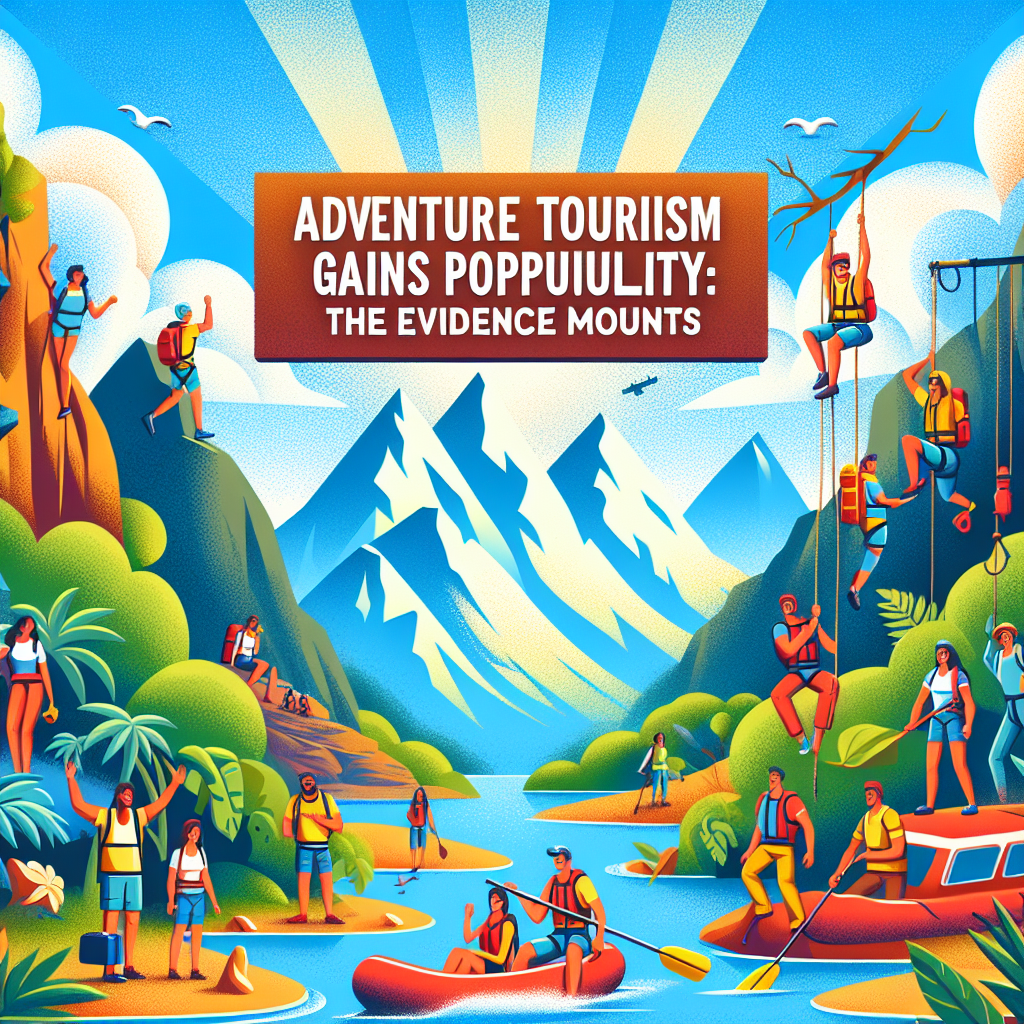In an era where traditional forms of leisure are being left behind, a new trend emerges from the ashes: adventure tourism. More people than ever before are choosing adrenaline-pumping excursions over beach lounging vacations. But what does this surge in popularity mean for our education system? Let’s delve into this captivating topic.
Preparing Students for Adventure
The current education model is not designed to cater to this rising demand for extreme adventures. Students do not receive enough exposure or preparation to grasp the full spectrum of skills required by such activities.
Proposal for Change
A growing number of educators propose integrating modules related to wilderness safety, first aid, survival techniques, and environmental stewardship into existing curricula as part of developing a more rounded student.

Implementing Adventure Education
To accommodate these changes, schools need proper funding for training materials and specialized staff who can guide students towards mastering these additional skills.
Students’ Reaction
The prospect is exciting for many students. They express eagerness to learn hands-on skills that could potentially improve self-confidence while providing opportunities to explore unfamiliar environments.
Teachers’ Take On Adventure Learning
Tutors acknowledge that adapting their lesson plans would be challenging yet rewarding as it enables them adaptability which is a significant life skill in itself.
To some parents however, these changes raise concerns about safety risks involved with adventure-based activities.
In schools that have already incorporated adventure-based learning, students are notably more engaged, demystifying initial worries about risks as opposed to benefits.
The challenge lies in securing the necessary funding for these programs and convincing traditionalists within the education system of this new approach’s worth.

If we truly wish to make our students’ future-ready with a diversity of skills, then embracing trends like adventure tourism is an invincible path forward.

